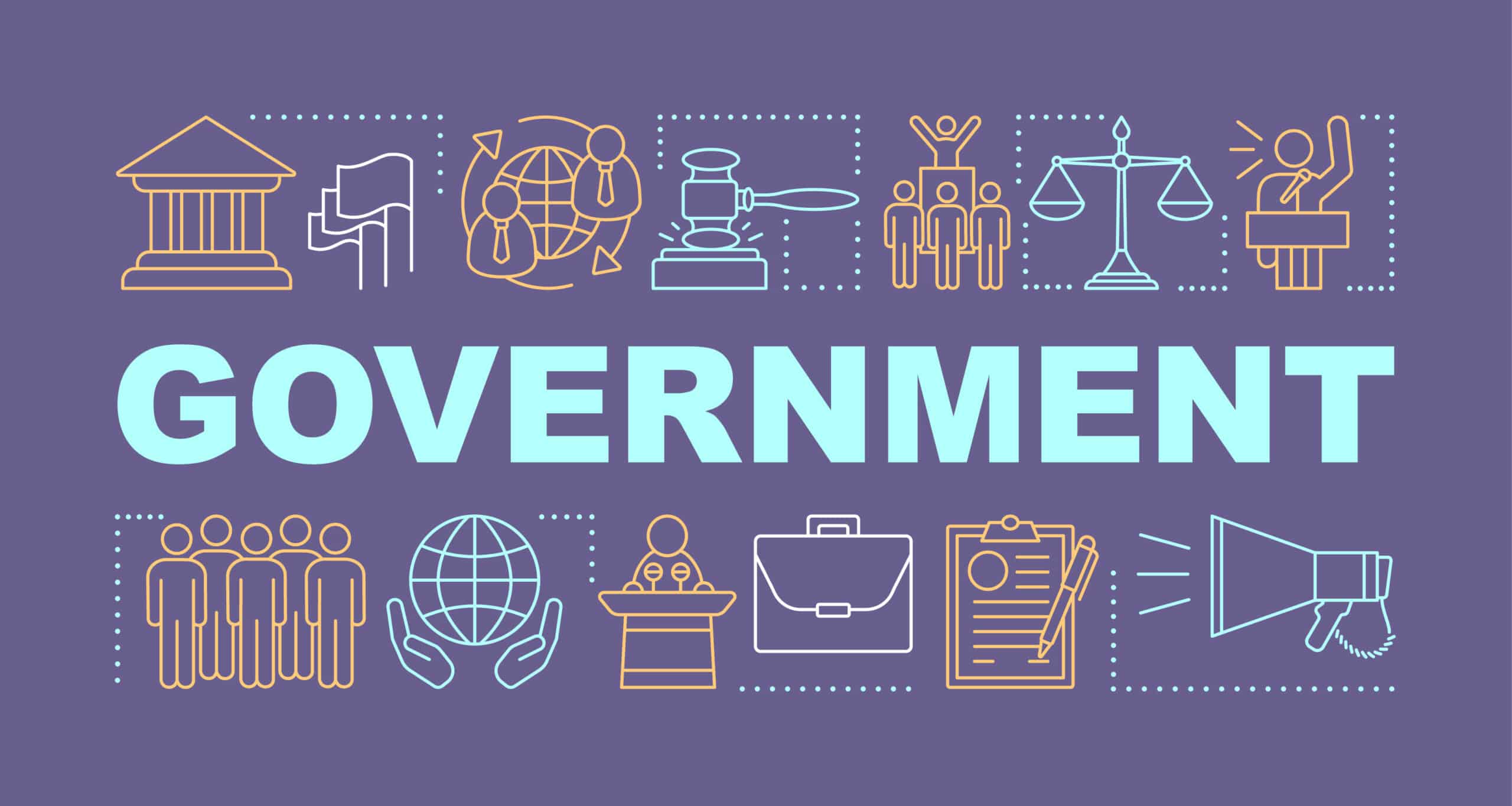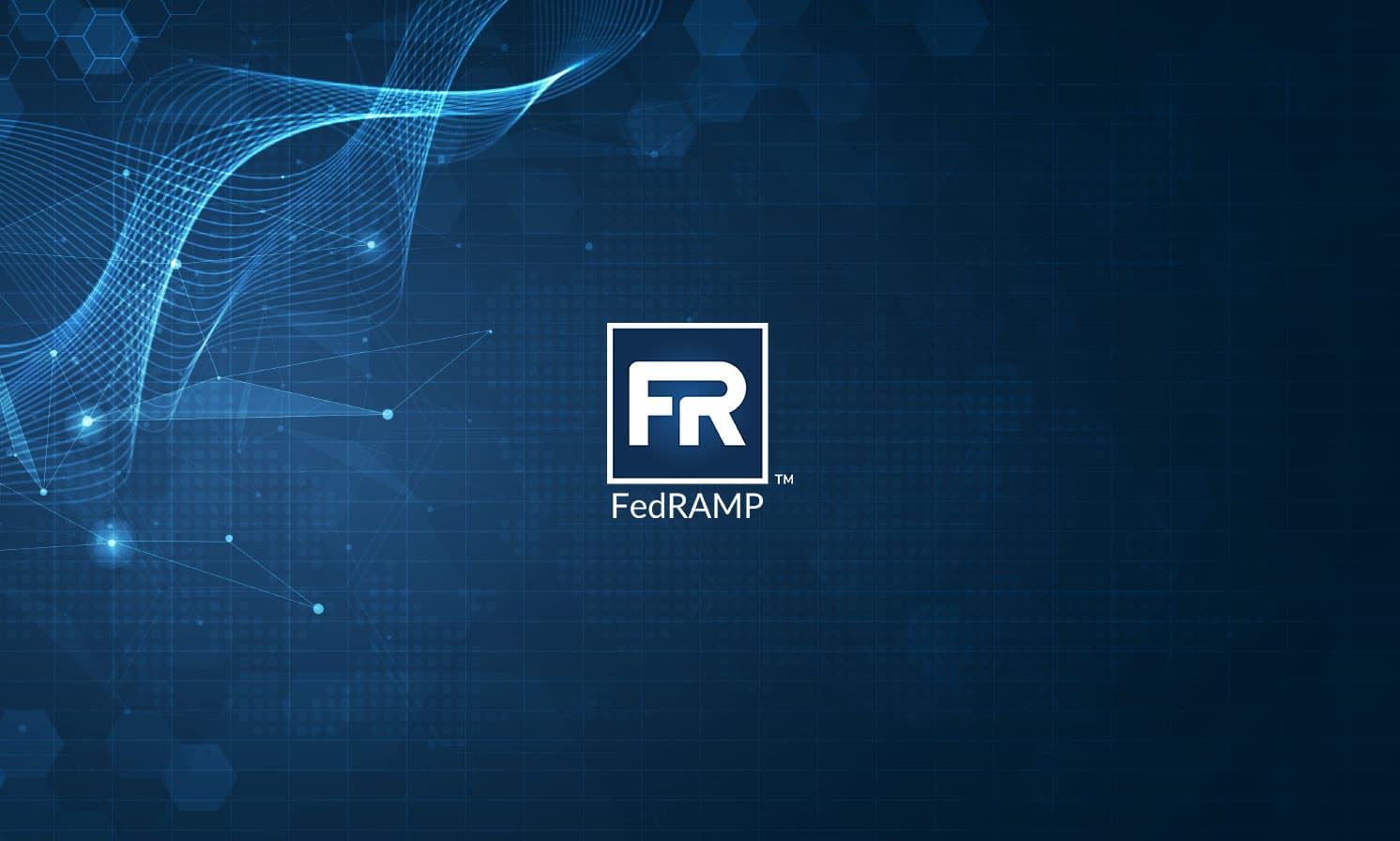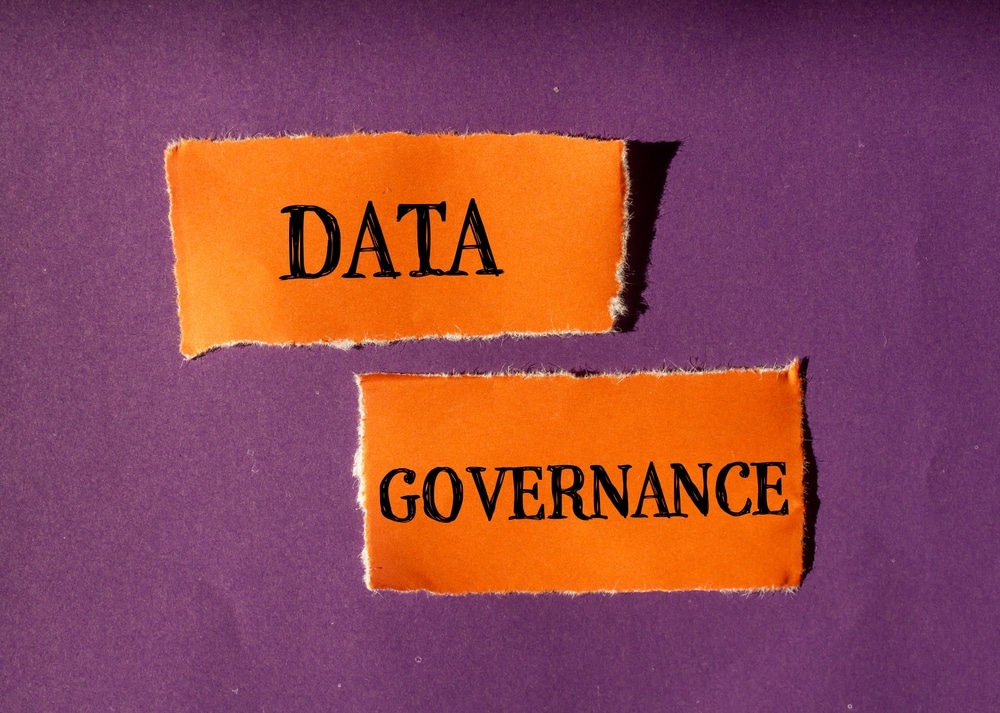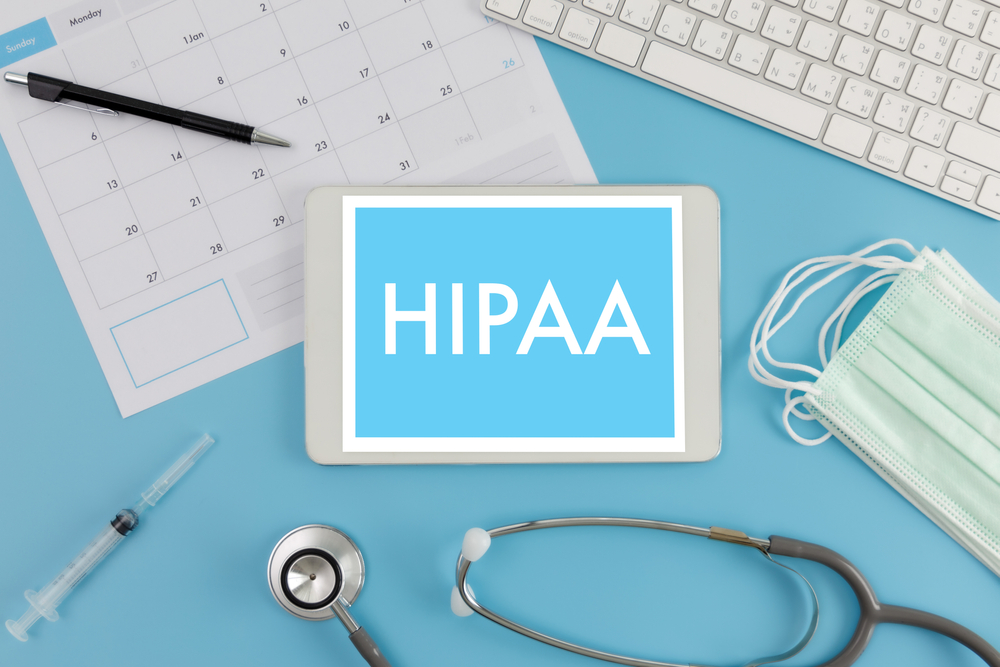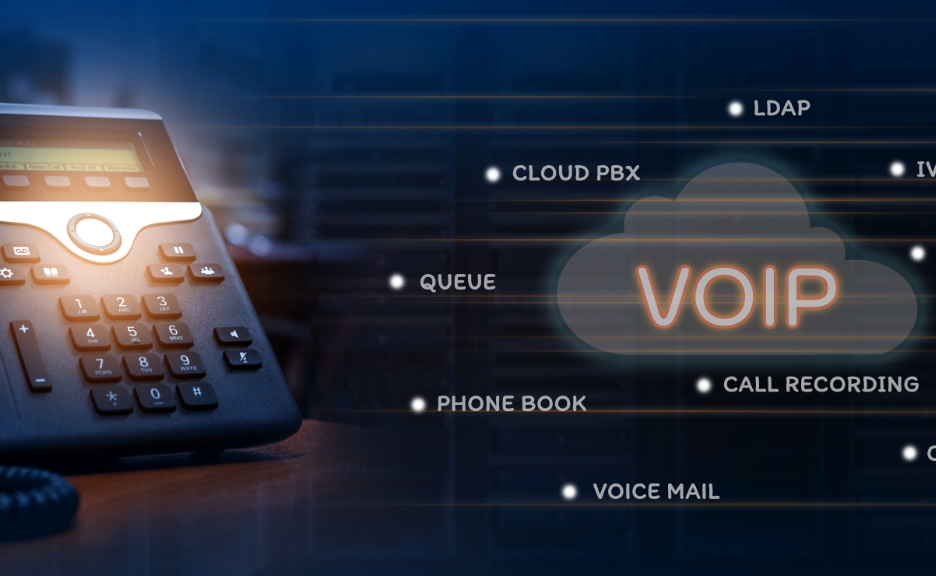Data & Technology
Enterprise Information Management: A Framework for Managing Data Securely

Managing sensitive data in healthcare today isn’t just about securing protected health information (PHI). It’s also about making all of your organization’s data trustworthy, usable, and accessible.
But with data coming in from so many different sources — disparate electronic health record (EHR) platforms, AI engines, imaging systems, patient-reported outcomes software, and even patient wearables — sharing and acting upon data is becoming even more challenging. That’s where an enterprise information management (EIM) framework creates significant benefits, setting the foundation for organizing, exchanging, and governing data compliantly and efficiently.
What should an EIM framework include, and how can intuitive solutions like those offered by eFax Corporate® help healthcare organizations securely derive the highest value from their data? Let’s find out.
What is Enterprise Information Management?
The American Health Information Management Association (AHIMA) defines EIM as the policies and procedures healthcare organizations use to manage all the data they collect, from data creation and capture to processing, usage, storage, preservation, and disposition. EIM covers not just where and how data is kept but also how it is exchanged with other organizations or teams, how it is tracked over time, and how it is maintained for future use.
EIM includes more than PHI. It also encompasses any data used for research, analytics, or even operations, such as data inside enterprise resource planning (ERP) or customer relationship management (CRM) databases.
A robust EIM framework gives your organization a structured approach to managing all of your data by defining clear policies for data ownership, access, classification, and compliance. What might this look like in real life? Consider the scenario of a patient with diabetes who is admitted to a regional hospital after a fall.
- Ownership for this patient’s data — including clinical notes, lab results, imaging, and medication records stored in the EHR — is assigned to the organization, while clinicians and staff with appropriate access are responsible for accurate data entry and maintenance.
- Access to the patient’s data is governed by role-based permissions. An attending physician can view the full record, while radiology may only see scans in the PACS system. Billing teams can access demographics and ICD-10 codes necessary for invoicing tasks, but they cannot see clinical notes.
- Classification is tagged by labels and metadata indicating the type of PHI, such as referrals, imaging scans, or discharge summaries, along with specific routing, retention, and security rules based on data type.
- Compliance is ensured with data in transit and at rest through HIPAA- and HITRUST Common Security Framework (CSF)-certified solutions, with audit trails and automated monitoring to track who accessed patient info and when.
By developing a framework that addresses these four concepts, organizations can arm their clinicians, providers, and patients with accurate, reliable data.
Benefits of Enterprise Information Governance in Healthcare
Organizations that set and follow clear guidelines for using patient data will experience multiple benefits, including:
Improved patient care. When clinicians can access complete patient data faster, regardless of where the data originated, they can make more accurate and timely clinical decisions that create better outcomes. An EIM framework eliminates the bottlenecks of siloed data, reducing the risk of missed diagnoses or delayed treatment.
EIM in action: In the Emergency Room, physicians treating a patient with chest pain can instantly access notes from a prior cardiac visit at another hospital, EKGs from a cardiologist’s office, and medication records from a skilled nursing facility (SNF) to make a definitive diagnosis.
Operational efficiency. A strong EIM strategy reduces redundant data entry and manual document retrieval so healthcare organizations can achieve their margin targets. “We’re trying to bend the cost curve by maintaining our FTE levels, even with substantial growth on the horizon,” Lynn Ansley, vice president of revenue cycle management at Moffitt Cancer Center in Tampa, Fla., told Becker’s Hospital Review. “That has to be a very intentional effort that is based on the use of new technology.”
EIM in action: Staff members at a multi-location physician group no longer spend time tracking down patient faxes. Instead, they use Clarity Clinical Documentation™ to extract critical patient demographics from faxes and convert them into a structured Continuity of Care document. As a result, staff saves time, and the practice saves money.
Fewer compliance headaches. Healthcare organizations can avoid costly HIPAA violations with a framework that ensures data is handled securely and consistently enterprise-wide and only accessed by those who truly need the information.
EIM in action: Audit logs inside an Emergency Room show exactly who accessed a patient’s behavioral health record and when, providing peace of mind during an OCR audit and helping the compliance team respond quickly and confidently.
Fewer handoff errors. When patients move between care settings, such as from hospital to SNF or from urgent care to primary care, their data must move with them. Without a seamless transfer of data, providers may end up with incomplete or outdated records, which can create delays, redundant testing, medication errors, or missed follow ups. EIM solves this problem by providing accurate, updated data during transitions of care.
EIM in action: A patient discharged from a hospital to a post-acute rehab facility arrives with discharge instructions, updated medication lists, and physical therapy orders already in the system, preventing any potential oversights.
Increased trust with patients and families. Patients count on their healthcare providers to keep their data safe. EIM maintains this sacred trust by protecting their PHI and communicating it to their care teams safely.
EIM in action: After visiting an Urgent Care center for a follow-up infection, a parent is relieved to know that their child’s pediatrician already has access to the visit summary, lab results, and prescribed treatment their son needs, delivered securely via encrypted channels instead of through paper faxes or unsecured emails.
Add up the benefits and healthcare leaders soon discover that an EIM framework doesn’t only improve their organization but also enhances patient outcomes throughout the continuum of care.
Standards to Include in an Enterprise Information Governance Framework
The good news about creating an EIM framework is that you don’t have to start from scratch. Proven standards exist that provide the structure and guidance healthcare organizations need to manage data securely.
- ISO/IEC 27001 defines the requirements an EIM framework must meet, including guidance for establishing, implementing, maintaining, and continually improving an information security management system to ensure PHI remains encrypted, access controlled, and monitored.
- ISO 9001 is a global standard for quality management systems that supports the delivery of high-quality patient care and continuous improvement.
- HITRUST Common Security Framework (CSF) is an assessment and certification system that proves an organization’s commitment to cybersecurity, thereby reducing the risk of data breaches, cyberattacks, or ransomware events.
Grounding your strategy in these established frameworks will create a sense of trust both inside and outside your organization, while giving you the tools to strengthen your EIM strategy over time.
A Step-by-Step Framework for Successful Enterprise Information Management
With a thoughtful approach and the right cloud-based solutions, you can move from planning to action and start constructing your ideal EIM framework. Follow these five steps:
Step 1: Define Your Governance Strategy and Policies
Governance is the bedrock of an effective EIM strategy. Ensure strong governance from the start by establishing policies outlining who owns the data, who can access it, how it can be shared, and how long it’s kept. Include key staff members from IT, operations, and clinical teams in these conversations, and communicate the final policies organization-wide.
Bolster your EIM strategy with solutions that will give IT teams appropriate visibility and control over data governance. eFax Corporate®, for example, is a secure, cloud-based fax solution that integrates with EHRs, allowing healthcare organizations to send and receive faxes from their existing workflows. With eFax Corporate, IT teams can assign several levels of access to users from a centralized dashboard. Plus, eFax Corporate is ISO 27001-certified and PCI-DSS compliant, offering maximum protection for patient data and credit card holders.
Step 2: Classify and Organize Your Data
Once you have governance in place, you can begin to structure your data. Group information into categories, such as patient demographics, insurance details, and medication histories. Then, establish standard naming conventions and apply metadata so clinicians and staff can retrieve the data they need quickly and easily.
At this stage, accuracy is paramount. Seek solutions that use leading-edge innovations like artificial intelligence (AI) and natural language processing (NLP) to reduce re-keying of information and put key pieces of data in standardized, interoperable formats. Clarity CD, for example, autonomously extracts essential patient demographics from faxes with AI and NLP, then converts them into a structured Continuity of Care document, minimizing manual data entry and enhancing data integrity.
Step 3: Implement Security and Compliance Controls
You could argue that this step is the most important, considering that 2024 was the worst year ever in terms of breached healthcare records. Furthermore, several major healthcare breaches have already occurred in 2025. Protect your organization and remain HIPAA compliant by encrypting data both within your organization’s four walls and when it’s shared externally. Bolster your data security posture by choosing solutions that follow proven security protocols.
eFax Corporate is fully HIPAA compliant, with AES 256-bit data encryption for data at rest, TLS (transport layer security) for faxes in transit, and features like a VPN for document transmission. eFax Corporate is also HITRUST CSF certified, aligning with the “gold standard” for healthcare compliance frameworks.
eFax Unite™, a healthcare interoperability platform, streamlines clinical workflows and allows organizations to share patient data securely. With Direct Secure Messaging capabilities built on a DirectTrust framework, eFax Unite allows providers to safely communicate with statewide health information exchanges (HIEs) and referral networks.
Step 4: Monitor and Improve Continuously
Set-it-and-forget-it doesn’t work in EIM. Instead, organizations must review and improve their frameworks continuously. Conduct regular audits to ensure that staff and clinicians follow policies appropriately. Track metrics around access, usage, and system performance so you can find potential problems early and remediate them. Ask frontline staff for feedback and remove any bottlenecks or data silos that cause inefficiencies.
As you build out this part of your framework, look for solutions that make data tracking and auditing effortless. eFax Corporate assigns a unique patient identifier to each fax and provides a complete audit trail so users can track every sent and received fax. And with a robust archive, your organization can access and store all faxes for the entire life of your eFax Corporate account.
Step 5: Ensure Interoperability and Integration
The last step can be the hardest, especially for organizations burdened with legacy technology that is costly to maintain and difficult to integrate. However, you can still reap the benefits of interoperability by adopting data exchange standards like HL7 or FHIR and selecting solutions with application programming interfaces (APIs) that can connect seamlessly to newer and older systems.
Consensus’s suite of solutions, including eFax Corporate, eFax Unite, and Clarity CD, supports full EHR/HIE interoperability and uses APIs for ready-made integrations. eFax Unite can be directly integrated into PointClickCare, allowing users to match documents to the associated clinician and port data directly into the correct resident chart.
Additionally, healthcare organizations using an EHR from athenahealth can leverage the eFax integration with athenaOne®. This powerful integration delivers digital faxes, patient records, and users directly to the right departments within athenaOne, giving clinicians critical information faster.
Support Your EIM Framework With the Right Solutions
Given the complexities of keeping PHI and other sensitive data secure, a patchwork approach to EIM won’t cut it. Building a comprehensive EIM framework based on proven protocols and strict compliance ensures the proper classification, protection, and exchange of critical healthcare data. With a framework in place, you can then integrate cloud-based tools into your workflows to save clinicians and staff time and make stronger connections with patients. Request a demo of Consensus Cloud Solutions’ products today.
Frequently Asked Questions
An EIM framework dictates how a healthcare organization makes sense of all its data, including protected healthcare information (PHI), operational data, and research data. The most effective frameworks include clear policies around who owns data, who can access that data, how the data is classified, and how it remains secure and compliant.
The most respected industry frameworks for EIM include ISO/IEC 27001 for data protection, ISO 9001 for data quality, and HITRUST CSF, a “gold standard” for cybersecurity and data protection. Healthcare leaders should seek solutions that meet these standards or that carry HITRUST CSF certification to bolster their EIM frameworks.
Organizations should write clear governance policies, classify their data properly, implement compliance and security controls, monitor data constantly, and ensure interoperability. API-based tools, such as those offered by Consensus Cloud Solutions, can help healthcare leaders build a future-ready framework that can boost data accuracy and give your clinicians more time to focus on patient care.
